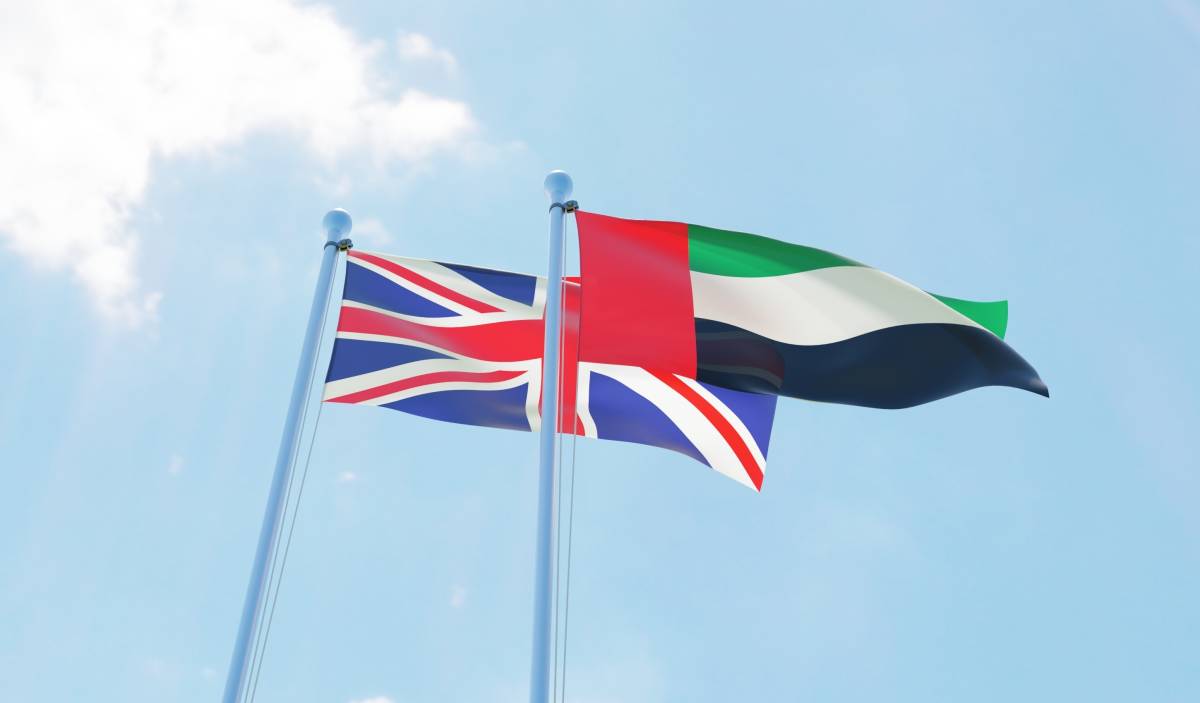The report draws on insights and studies from nearly 100 international hydrogen experts to prioritise 39 areas across policies, innovation, investment, infrastructure, supply, demand and skills…reports Asian Lite News
The United Arab Emirates and the United Kingdom have a global leadership opportunity in developing clean hydrogen, through a broad collaboration involving policy, innovation, trade, and investment, according to a new report.
The report is a joint initiative between the World Green Economy Organisation (WGEO) and Zest Associates, a UAE-based sustainability consultancy, and sponsored by HSBC.
The report draws on insights and studies from nearly 100 international hydrogen experts to prioritise 39 areas across policies, innovation, investment, infrastructure, supply, demand and skills, adding substantially to the world’s body of knowledge on the subject. Initial findings were shared at the World Green Economy Summit 2022.
“We remain committed to achieve our wise leadership’s vision and directives to foster the transition towards the green economy. We have an ambitious strategy to produce and leverage green hydrogen, which represents one of the pillars of a sustainable future that depends on accelerating the transition to carbon neutrality to support a green economy. This study is part of our efforts to support the Dubai Clean Energy Strategy 2050 and the Dubai Net Zero Emissions Strategy 2050 to provide 100% of the energy production capacity from clean energy sources by 2050,” said Saeed Mohammed Al Tayer, Chairman of WGEO, a UAE-based international platform that builds coalitions to enable green economic growth worldwide.
“This report shows how the UAE and the UK can forge a robust partnership to develop the green hydrogen sector. We have seen strong actions and willingness to cooperate from the public and private sectors in both countries, but to fully realise the economic and environmental potential of green hydrogen, more and faster measures must be taken. This aligns with WGEO’s commitment to a global economic transition through sharing best global experiences and practices that are key pillars for this development.”
By 2050, hydrogen is estimated to deliver more than $8.7 billion (AED32 billion) annually to the UAE economy and $14.8 billion (£13.7 billion) Gross Value Added (GVA) to the UK, as well as over 100,000 new jobs in each country under high-adoption scenarios. These opportunities drive multibillion-dollar investments individually and jointly, through bilateral agreements such as the strategic partnership between bp, ADNOC and Masdar to build low carbon hydrogen hubs like the UK’s H2Teesside.
“By working together, the UAE and UK can harness hydrogen’s enormous economic potential and lead the global low carbon transition,” said Sabrin Rahman, Managing Director and Head of Sustainability for Europe and the Middle East at HSBC. “The International Energy Agency estimates that $1.2 trillion of investment in hydrogen will be needed by 2030 to reach net zero. At HSBC, we recognise this sector’s huge potential and are working with partners and policymakers to develop the clean hydrogen ecosystem as part of a net zero future.”
Jeffrey Beyer, Managing Director at Zest Associates and the report’s author, said, “Clean hydrogen is an opportunity to grow and diversify the economies of the UAE and UK whilst making progress on their net zero commitments.”
“The UAE and UK agreeing on a common method for measuring the emissions intensity of hydrogen can be a first step to creating a robust global standard that ensures hydrogen delivers its low carbon promise.”
The report notes existing agreements like the £10 billion (AED40 billion) UAE-UK Sovereign Investment Partnership, signed by the UK Office for Investment and Abu Dhabi’s Mubadala Investment Company, or the Memorandum of Cooperation on Industrial and Advanced Technologies Co-operation, signed by the UK Department for Business, Energy and Industrial Strategy and the UAE Ministry of Industry and Advanced Technology, could be enlarged and focused on hydrogen to match the scale of investment required to achieve net zero.

Leave a Reply